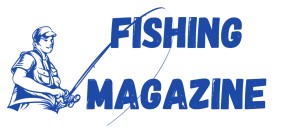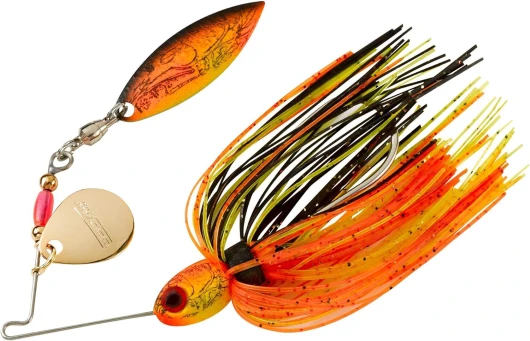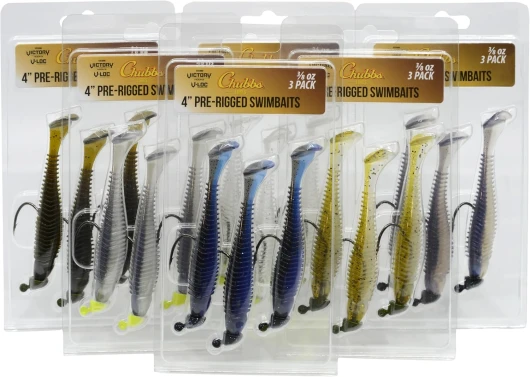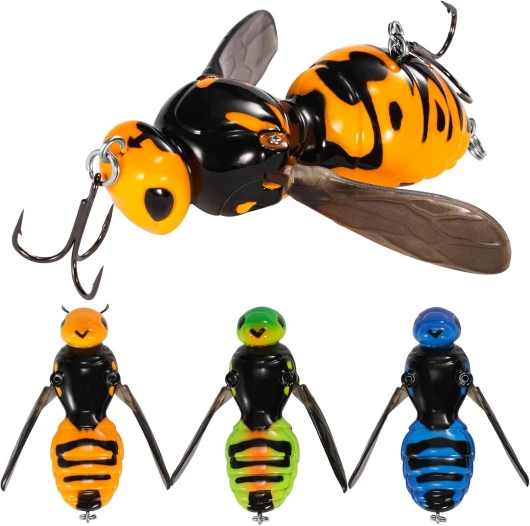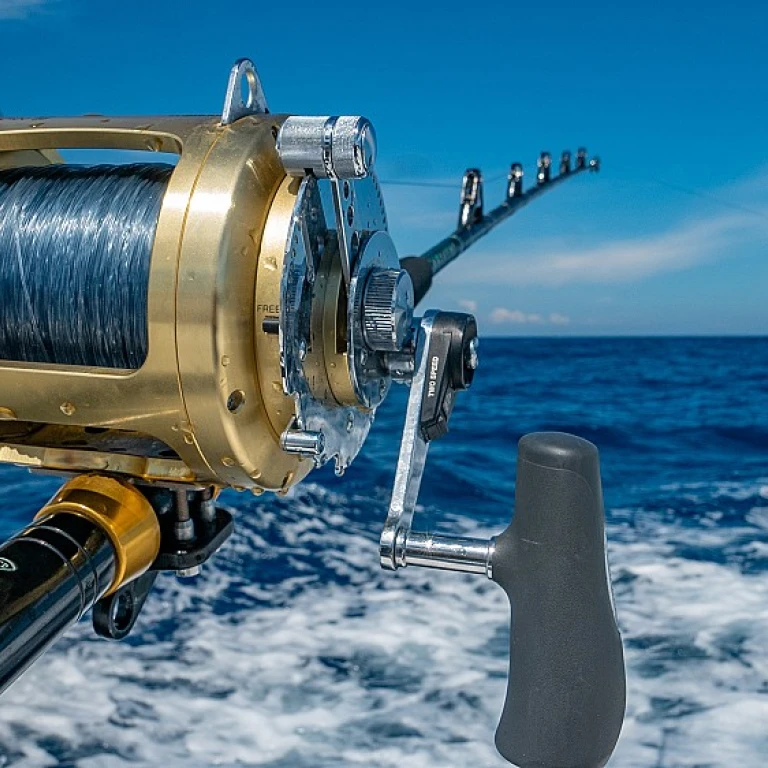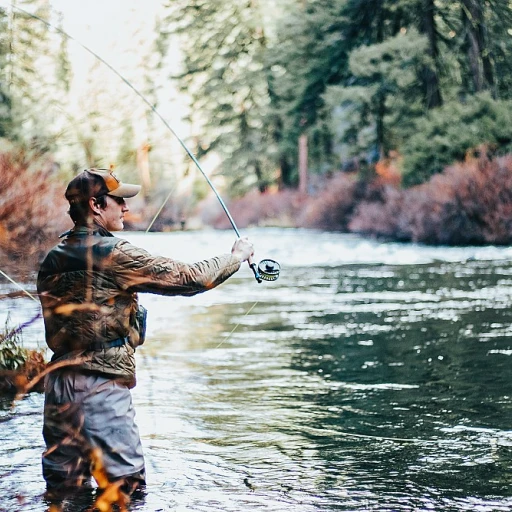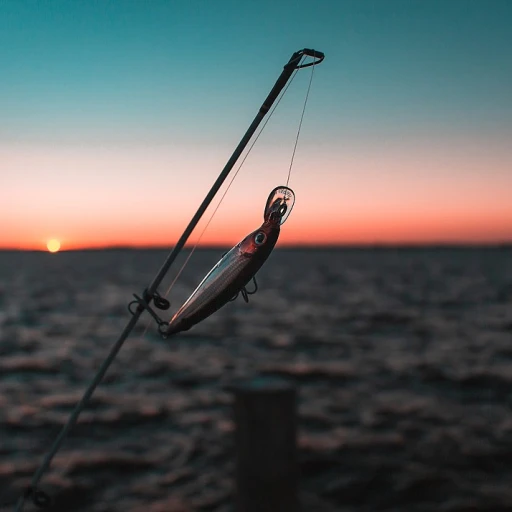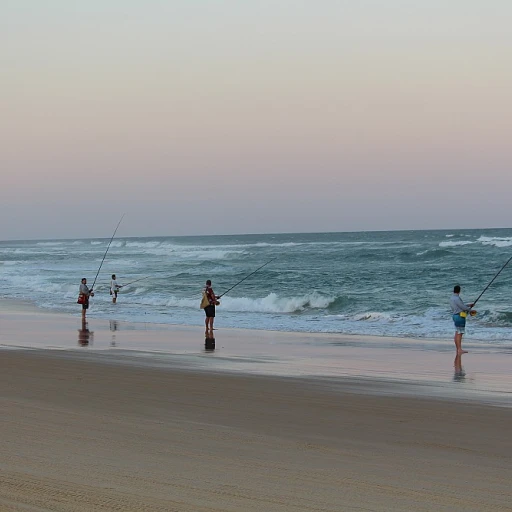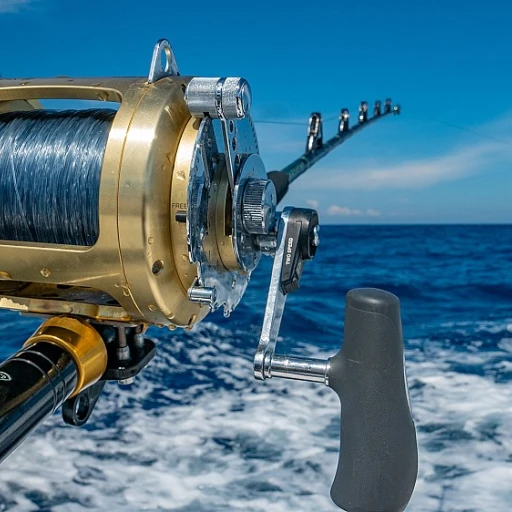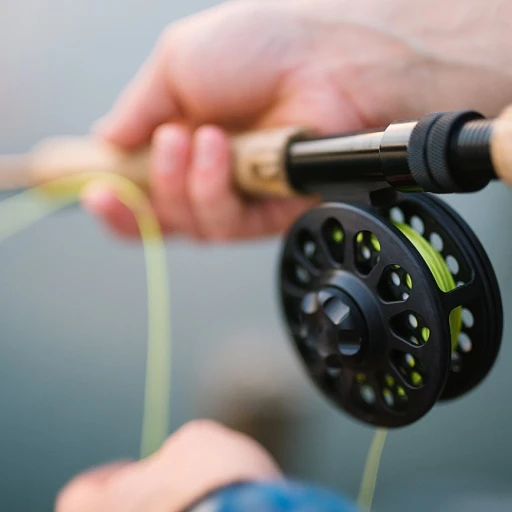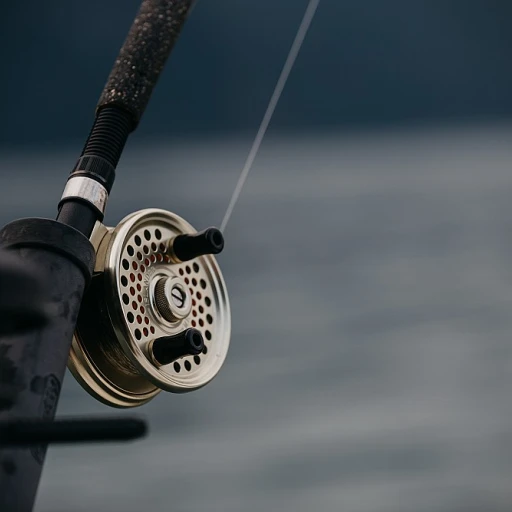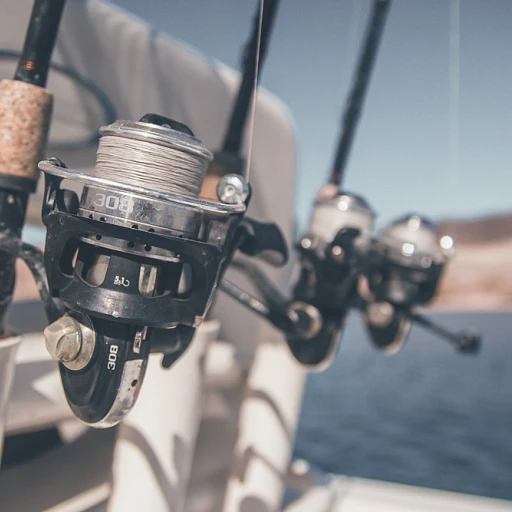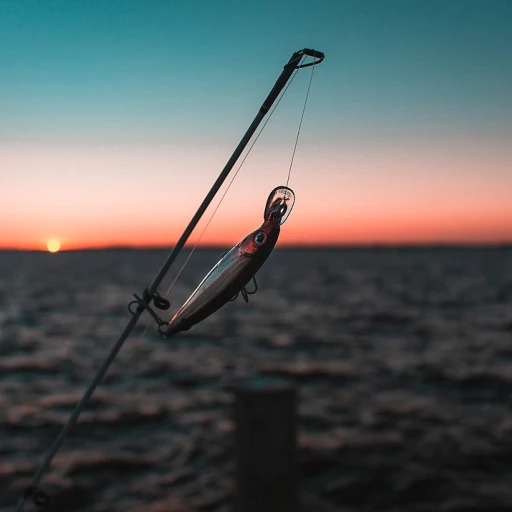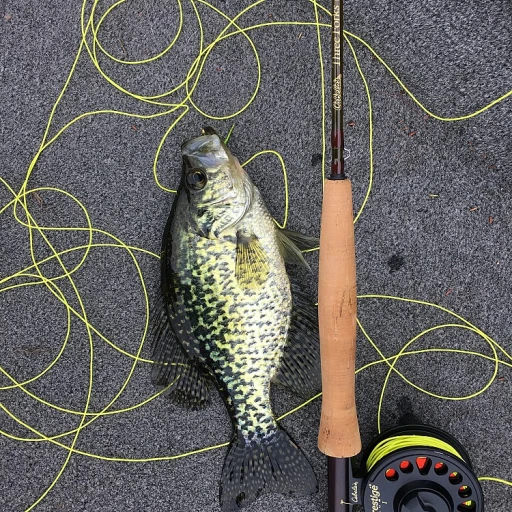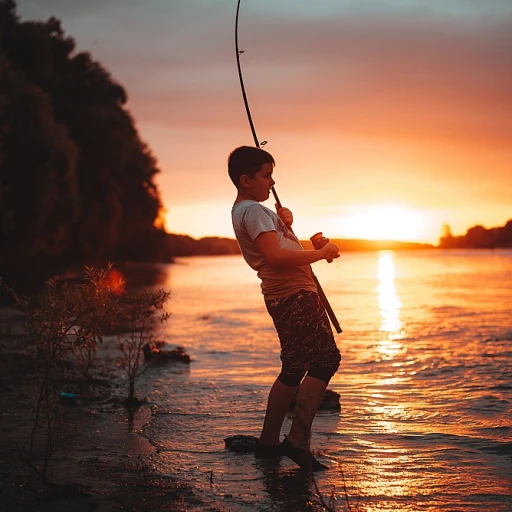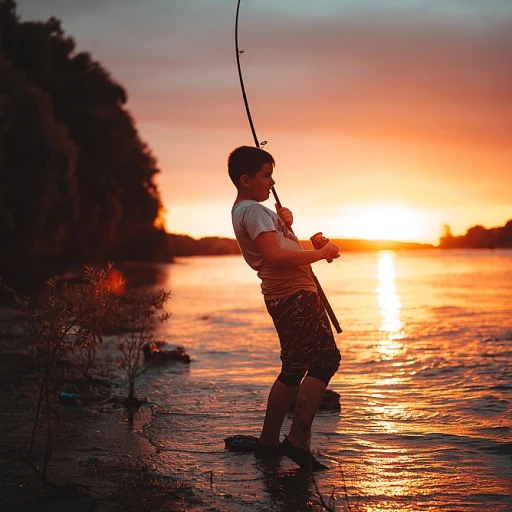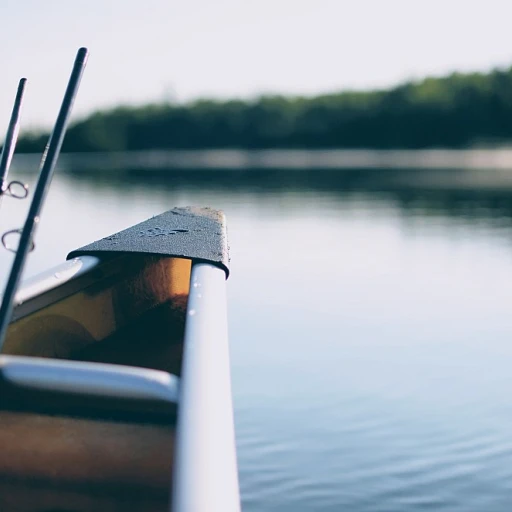
Understanding the Ojibwe Dreamcatcher
The Rich Legacy of the Ojibwe Dreamcatcher in Fishing
The Ojibwe Dreamcatcher, known for its intricate web and circular hoop design, holds profound cultural meaning among the Native American Ojibwe people. Often adorned with feathers and beads, the dreamcatcher serves a purpose greater than its physical beauty. Initially crafted to protect against bad dreams, the web-like structure symbolizes the capture of negative energies while allowing good ones to pass through. This rich tradition hails from the Ojibwe nation, one of the largest American Indian groups in North America. In traditional Ojibwe culture, the dreamcatcher was crafted with natural materials, embracing the resources available in their surroundings. These creations were not mere artifacts but rather an extension of Ojibwe spirituality and beliefs. Each feather, bead, and intricately spun web tells a story, one closely tied to the lives and dreams of the Ojibwe people. Today, the cultural essence of the dreamcatcher has transitioned into various aspects of modern life, including recreational fishing. As fishing enthusiasts explore new ways to deepen their connection with nature, the dreamcatcher's symbolism offers a unique perspective. Its integration into fishing gear signifies more than an aesthetic choice; it opens a pathway to understanding and respecting native traditions. For further insights and experiences related to fishing in its cultural and natural context, you might find this exploration of angling illuminating.Cultural Integration in Fishing Gear
Incorporating Cultural Elements into Fishing Gear
The fusion of cultural significance into recreational fishing gear has become an increasing trend in recent years. The Ojibwe dreamcatcher, known for its intricate web design, has found its place in this domain, offering not just utility but a deep-rooted cultural narrative.
Traditionally, these native American artifacts serve as talismans to ward off bad dreams while allowing good dreams to pass through. This symbolism resonates strongly with avid anglers who often seek tranquility and success during their fishing endeavors. With its protective promises, the dreamcatcher translates effortlessly to fishing, representing hopes and aspirations of a successful catch.
Beyond their spiritual allure, Ojibwe dream catchers provide aesthetic appeal. Their presence is marked by the robust hoop, the delicate spider web that mirrors the complexity of natural environments, and the adorned feathers and beads, adding a touch of tradition to modern angling.
The story of the Ojibwe people intricately weaving their dreams and beliefs into these catchers, just like a spider woman spinning a delicate web, invites a deeper connection to the natural world that anglers cherish. As you hold a fishing rod embellished with these cultural representations, it serves as a reminder of centuries-old practices, merging past, present, and the ever-lasting pursuit of the American dream.
The Symbolism of Protection in Fishing
The Spiritual Guard: A Fisherman's Companion
Within recreational fishing, the symbolism of protection offered by the Ojibwe dreamcatcher transcends cultural boundaries. The belief that a dreamcatcher can filter out negative energies and bad dreams echoes the protective instincts common among anglers as they navigate the unpredictable waters.
The traditional hoop and web structure, adorned with feathers and beads, is reminiscent of the vigilance anglers employ to safeguard their gear and catch. Just as the dreamcatcher sifts through dreams, allowing only "good dreams" to pass, so too do anglers strive to attract and catch only the best from their fishing excursions.
In North America, and especially in the United States, the integration of cultural artifacts such as the dreamcatcher into fishing gear represents a harmonious blend of tradition and modernity. It's a nod to the enduring wisdom of Native American Indian nations, particularly the Ojibwe people, who have long used this spiritual tool as a means of protection.
As many fishermen set out to spin their own stories akin to those etched into iconic fishing spots, the presence of an Ojibwe dreamcatcher can serve as a talisman, offering peace of mind and a connection to the rich heritage of the native American dream.
For those interested in integrating this spiritual element into their fishing experience, they may find inspiration in the protective guidance shared by other anglers who value the dreamcatcher's essence.
Craftsmanship and Design
Artistry in Every Thread
The craftsmanship behind the Ojibwe dreamcatcher is a testament to the rich cultural heritage of the Ojibwe people. Each dreamcatcher is a unique piece of art, intricately woven with a spider web-like pattern that is both beautiful and symbolic. The traditional hoop, often made from willow, forms the foundation of the dreamcatcher, representing the circle of life and the interconnectedness of all things.
Incorporating these elements into recreational fishing gear not only adds an aesthetic appeal but also brings a deeper cultural significance to the fishing experience. The use of feathers and beads, common in traditional Ojibwe dreamcatchers, can be seen as a nod to the natural elements and the spiritual connection between the fisherman and the environment.
Traditional Techniques Meet Modern Design
While the dreamcatcher has its roots in Native American traditions, particularly among the Ojibwe and other Indian nations, its integration into modern fishing gear showcases a blend of old and new. Artisans who create these pieces often use techniques passed down through generations, ensuring that the cultural integrity of the dreamcatcher is maintained.
For those interested in personalizing their fishing gear, incorporating elements of the dreamcatcher can be a meaningful way to honor these traditions. Whether it's through custom lures or decorative elements on fishing rods, the dreamcatcher serves as a reminder of the dreams and aspirations that drive us, both on and off the water.
Celebrating Cultural Heritage
By embracing the craftsmanship and design of the Ojibwe dreamcatcher, recreational fishermen can celebrate the cultural heritage of Native American peoples. This not only enriches the fishing experience but also fosters a greater appreciation for the diverse traditions that make up the tapestry of North America.
Sustainability and Ethical Considerations
Embracing International Craftsmanship with Local Roots
The journey of the dreamcatcher begins with the craftsmanship deeply rooted in the traditions of the Ojibwe people. As these native artisans spin the intricate web within the traditional hoop, their work opens doors to understanding and appreciation of diverse cultural narratives. Incorporating these cultural designs into fishing gear is more than just an aesthetic choice. It's a nod to the long-standing creative expressions that the Ojibwe have shared for generations. The attention to detail in crafting a dreamcatcher parallels the skill involved in producing effective fishing equipment. Beads and feathers aren't just decorative; they hold symbolic weight, representing a bridge between a practical tool and a cultural artifact. This parallel is pivotal in transforming regular fishing gear into enhancements that carry deeper meaning. Fishing enthusiasts may opt for these cultural infusions, symbolizing the United States' broader embrace of indigenous arts. By valuing these artistic elements, anglers aren't just adding to their collection; they're supporting traditional craftsmanship that speaks to the North American identity and acknowledging the American Indian heritage that persists amidst modern pursuits.Personalizing Your Fishing Experience
Adding a Personal Touch to Your Fishing Adventures
Incorporating the Ojibwe Dreamcatcher into your fishing gear can offer a unique and personalized experience, allowing you to connect deeply with the cultural significance of these enchanting symbols. As discussed earlier, dreamcatchers are more than mere decoration; they embody the spirit and traditions of the Ojibwe people, as well as many other Native American nations. When you bring a dreamcatcher into your fishing journey, you intertwine its symbolism of protection and peace with your outdoor experiences. These traditional hoops, adorned with their intricate web designed to catch bad dreams and allow good dreams to pass through, can also act as personal talismans as you navigate the waters.- Customize with Feathers and Beads: By adding feathers and beads that resonate with your personal style or carry significance, you not only enhance the dreamcatcher’s aesthetic appeal but also infuse it with personal meaning. Whether it's using colors that symbolize good fortune or elements from places you've explored, these details can create a connection to your past fishing endeavors.
- Craftsmanship as a Reflection of Experience: The craftsmanship involved in making a dreamcatcher is reflective of the skill and patience required in fishing as well. Just as spinning a web requires delicate precision, so does the art of angling. You might consider crafting your own dreamcatcher or selecting one that speaks to your journey as an angler.
- Merge Traditional and Modern Elements: While honoring the traditional Ojibwe practices, you can balance contemporary techniques with these cultural crafts. This approach not only respects the roots of American Indian artistry but also opens avenues to modern interpretations of this age-old symbol.
